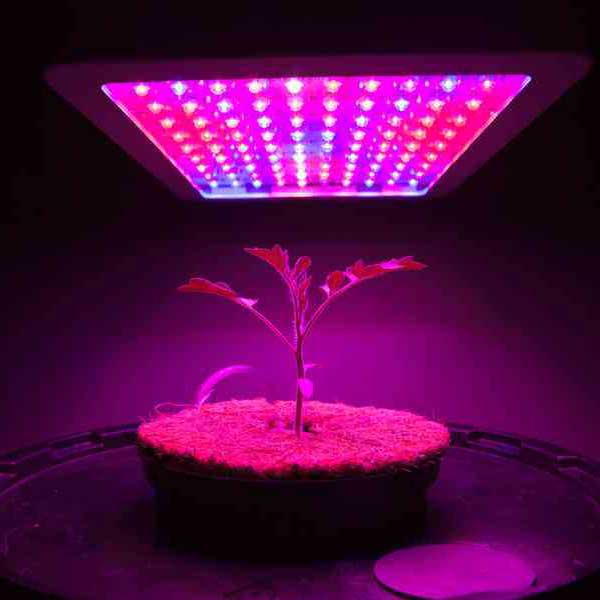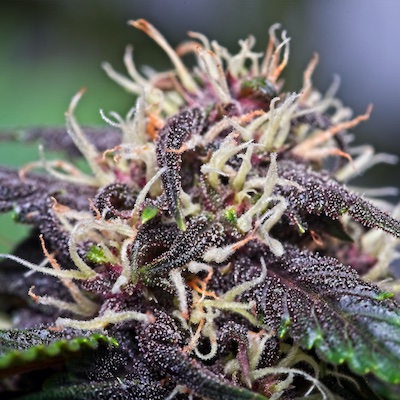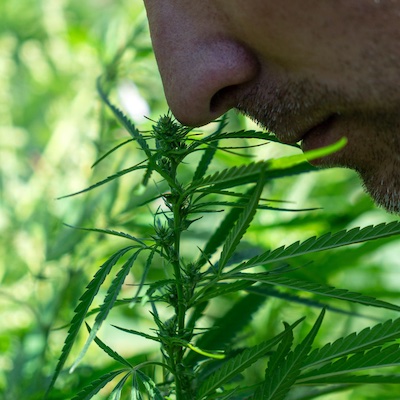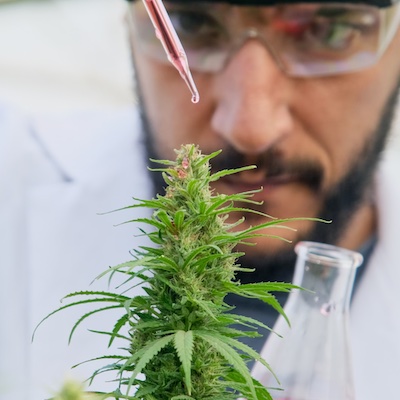BackTechnology
Information, trends and news about technology needed for rearing.


The rise of terpenes: How they influence the effects of cannabis
In recent years, cannabis has moved from being a taboo subject to becoming a field of research full of possibilities. And as knowledge of this plant grows, there has been growing interest in the whole range of compounds that provide its unique characteristics. Although most users often focus on cannabinoids like THC and CBD, terpenes also play a crucial role, and not only in the taste and aroma profiles that they provide but also in the effects that they produce, influencing our experience when we enjoy this plant.
Terpenes are aromatic organic compounds found in a wide variety of plant species, including cannabis, and are responsible for the distinctive smells and flavours of the different strains. They are produced in the trichomes of the plant, which are the same glands that produce cannabinoids; and they perform important evolutionary functions such as repelling predators or attracting pollinators. The aromatic or taste profile of a cannabis strain is a combination of its different terpenes, each with its own unique taste and aroma, which can range from citrusy and fruity to earthy or musky. There are more than a hundred terpenes identified in cannabis – some of the best known and most abundant include myrcene, limonene, pinene, caryophyllene, and linalool. However, the role of these compounds extends beyond the basic sensory experiences of smell and taste, as they also play a key role in the way cannabis interacts with our body.
Terpenes and the "entourage effect"
Research suggests that terpenes can have strong therapeutic effects, including anti-inflammatory, anxiolytic, and analgesic properties. In addition, studies are being conducted to find out whether terpenes can enhance or modify the effects of THC and other cannabinoids – a phenomenon known as the "entourage effect", which maintains that all components of the plant (cannabinoids, terpenes, flavonoids...) act synergistically to enhance their properties together, making their combined effects much greater than those they can produce separately. This interaction can improve the overall sensory impact of cannabis, resulting in a deeper flavour profile and potentially more effective results. The relationship between terpenes and the entourage effect is the focus of active research, as shown in a study published in the journal Scientific Reports, conducted by the University of Arizona. This study tested a selection of terpenes to see if they could trigger endocannabinoid receptors such as CB1 and CB2, to confirm that they can also exert "cannabimimetic" action (i.e., produce effects similar to those produced by cannabinoids). Although terpenes don’t produce any psychoactivity, this ability to modulate would explain how two plants containing the same concentration of CBD and THC can induce opposite effects: one may produce sensations typical of indica varieties (narcotic and relaxing), whereas the other may produce effects more associated to sativa strains (energising and cerebral). Therefore, with hundreds of terpenes and cannabinoids found in cannabis, each plant presents a unique combination of both types of compounds. And this unique combination is what makes each strain different, producing certain effects in one person whilst inducing significantly different experiences for other users. All this means that when you experience a typically indica sedative effect, or you feel more of the mental clarity of a sativa, what you’re really noticing is an effect produced by a combination of all the compounds in cannabis, fused with the chemistry and physiology of your own body.
Some outstanding properties of terpenes
These compounds exhibit countless properties. For example, beta-caryophyllene, the most common sesquiterpene in cannabis, can interact with the body’s endocannabinoid system, specifically with CB2 receptors found in the nervous system and immune cells. This interaction could be what provides this terpene with its anti-inflammatory properties and improves its ability to relieve pain. Another example of this is pinene. True to its name, this monoterpene has a fresh pine aroma and has been shown to minimise some of the memory-damaging effects that are often associated with THC. Myrcene can also help THC to cross the blood-brain barrier more effectively, which in turn enhances its psychoactive effects. Besides providing a strong citrusy flavour, limonene can promote a stimulating mood by increasing serotonin and dopamine levels. This terpene can also help with the absorption of other terpenes and cannabinoids through the skin and body tissues, making it a crucial element in topical cannabis products.
The future of terpenes in the medical field
Limonene has been the latest to confirm the relationship of terpenes in modulating the effects produced by cannabinoids. This is thanks to a study recently published in the journal Drug and Alcohol Dependence by researchers from the Johns Hopkins University School of Medicine and the Anschutz Medical Campus at the University of Colorado. This study, funded by the US National Institute on Drug Abuse (NIDA), found that limonene can reduce THC-induced anxiety. When THC is taken alone, it increases feelings of anxiety, cognitive effects, and the typical physical adverse reactions (dry mouth, red eyes...) associated with cannabis use. However, when the dose of THC is increased along with the simultaneous administration of limonene, there is a significant decrease in feelings of "nervousness" and "paranoia" compared to taking THC alone. In summary, as the dose of limonene is increased, feelings of anxiety decrease, but other effects remain unchanged, suggesting that limonene selectively reduces the anxiety-inducing effects of THC, which potentially makes this THC more effective for therapeutic purposes. Therefore, terpenes are a great tool for improving medical cannabis therapies. This is all due to their potential to counteract unwanted side effects, especially in the area of mental health, as stated by researchers of the study “The ‘Entourage Effect’: Terpenes Coupled with Cannabinoids for the Treatment of Mood Disorders and Anxiety Disorders”. This study highlights the benefits of terpenes in cannabinoid therapies for the treatment of depression and bipolar disorder. Given the strong side effects of anxiolytic and antidepressant drugs, and the reported benefits of CBD and THC therapies for the treatment of these diseases, research into new treatments with cannabinoids and terpenes could bring great benefits to patients. By developing strategies that achieve the same level of effectiveness as opioid drugs, pain relief can be provided with lower doses of medication and far fewer side effects.
A turning point in the way cannabis is understood
For the modern cannabis user, understanding terpenes can make all the difference between choosing a suitable strain or one that isn’t as appropriate. Labels detailing the terpene profile of each variety are gaining popularity both in legal cannabis sales and in the catalogues of genetics for cultivation, allowing users to make more informed decisions. In addition, the ability to select strains based on specific effects, such as pain relief or mood improvement, has become a powerful tool. Ultimately, terpenes have proven to be much more than just aromas: they are the key to understanding and optimising the cannabis experience in all its complexity.


